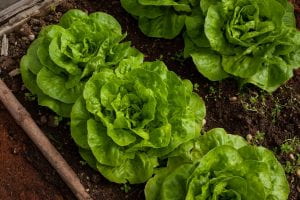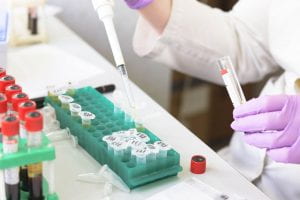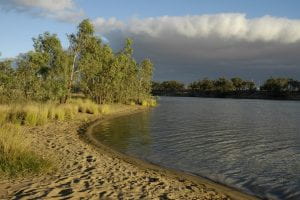The Centre for Anthropogenic Pollution Impact and Management has been disestablished.
We sincerely thank our passionate members and supporters who helped the CAPIM framework meet its goal to grow relationships between researchers, industry and government. We thrived and succeeded because of your friendship and collaboration.
While the need for CAPIM has drawn to a close, all the research done under its umbrella and the enduring connections it helped to build will continue to flourish. Pollution remains a local, national and global issue that compromises human and environmental health, as well as the ecosystem services we rely on for clean air and water, agriculture and recreation. Our multidisciplinary researchers and supporters across the University of Melbourne and beyond are as active as ever providing evidence to help governments, industry and the community to determine risks, make decisions and manage polluted environments.
We will not be monitoring this website, but please see the Faculty of Science Research Prospectus and pollution-related research groups for more information on this continuing work.
 |
 |
 |
CAPIM acknowledges the Traditional Owners as the original custodians of country throughout Australia and their connections to land, sea and community. We acknowledge the historic dislocation and dispossession of their lands and celebrate the extraordinary resilience of the oldest living culture on the planet. We pay respect to their Elders past and present and extend that respect to all Aboriginal and Torres Strait Islander peoples today.
![]()
![]()
